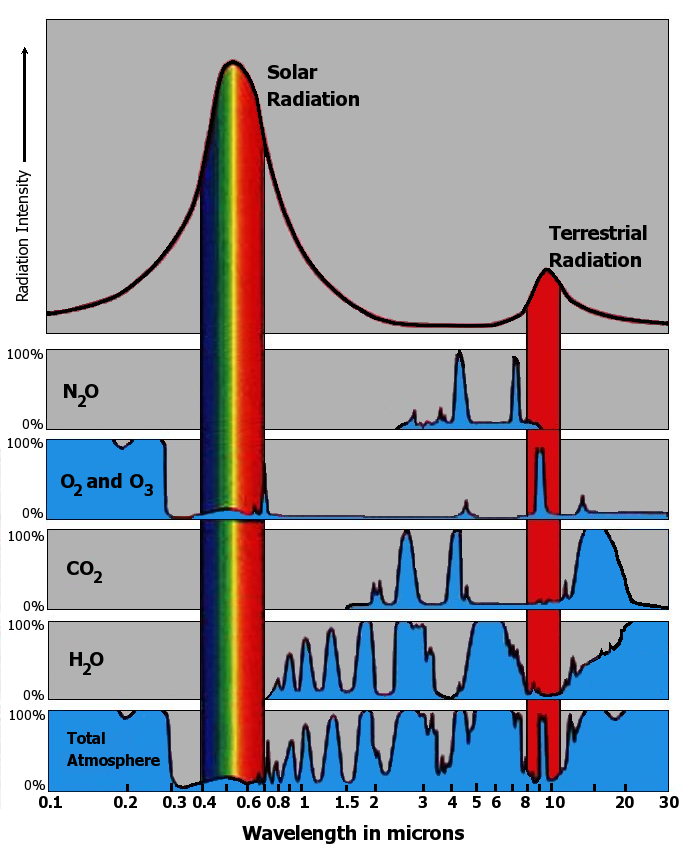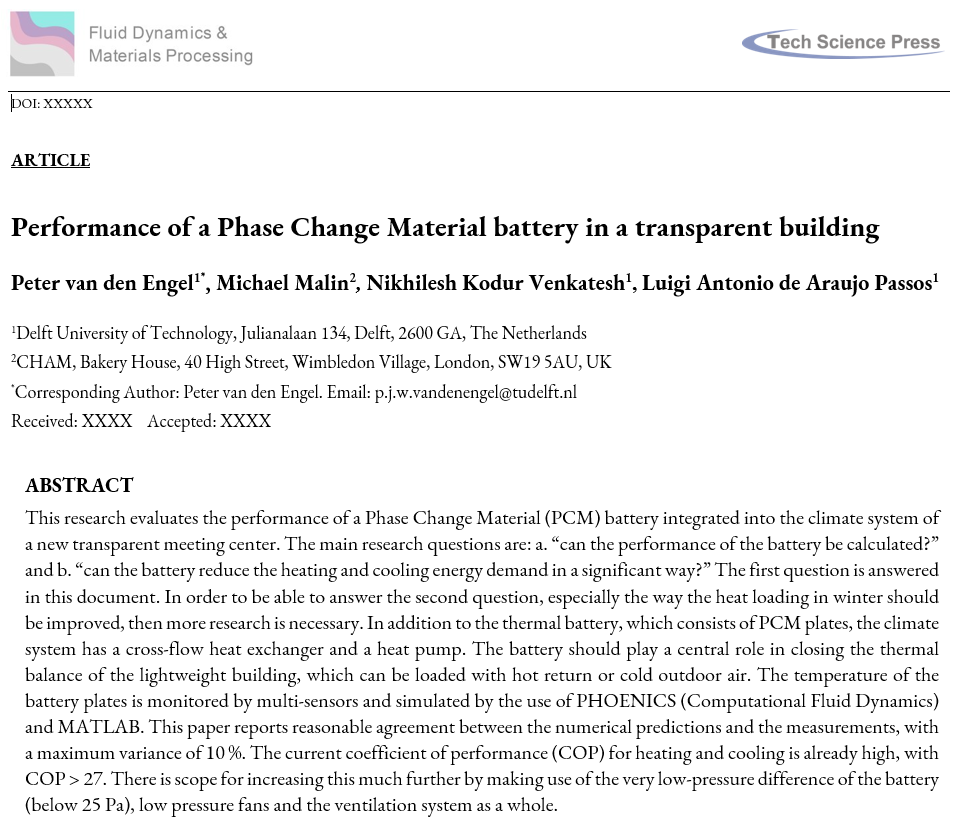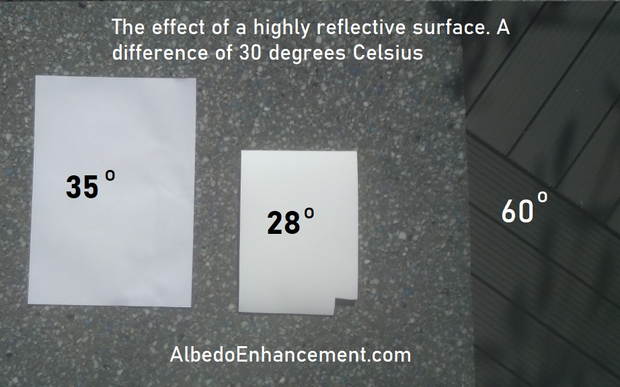The world is trying to move to a less carbon intensive way to power itself. CO2 emissions, methane leaks, NOx emissions are all undesirable, unhealthy and above all in the process of pushing us into a hothouse climate scenario. The proper response to this is to find ways to generate (mainly) electricity that ideally does not produce CO2. One of them is nuclear energy, and because of that the nuclear lobby gets a lot of support from citizen that try to think along the lines of emissions minimization.
But the problem in the short term is not really CO2 or Methane, although a serious cut in Methane emissions will cool the planet. The problem is the heat, the temperature maxima, the effect on soil moisture. We need to fight the heat as we reduce CO2. It may become so dramatic that the heat prevents us from growing food or biomass because we don’t focus on managing it directly, but spend energy on transitioning to low emission technology. Nature always laughs last though, so a serious famine will reduce emissions, while preventing one won’t.
If you consider Earth like a steel drum that is out in the sun, heating up inside, then you can consider a heat generating power plant as a heat source inside the drum, that will raise temperatures even more. Considering that its already too hot inside the drum this is not what we want. How do energy sources compare in this respect?
Coal/Gas powered powerplants
These power plants exploit chemical energy stored in carbon or hydrocarbons. The oxygen in our atmosphere wants to combine with the hydrogen and carbon, from which it was split by photosynthesis millions of years ago, ending up stored deep underground. The flame of your stove, the engine of your car, the powerplant all heat up air eventually. This adds to heat ‘inside the drum’. Not good.
Nuclear power
Nuclear power is derived from splitting atoms of Uranium. They do decay naturally, but in a nuclear plant they are bombarded with slow neutrons which speeds up this process. The heat is used to heat steam and drive turbines much like in coal and gas plants. The heat comes from inside the drum. If you decide to power the planet with nuclear you do cut CO2, but the existing CO2 is not reduced fast enough to have a temperature effect. You are however adding a lot of heat ‘inside the drum’. Not good.
Wind Energy
Wind turbines use air pressure differentials in our atmosphere, that cause wind, the wind pushes the blades. Some of that friction is turned into energy, some of it into heat. But the air was already moving ‘inside the drum’. It is not adding to the heat inside, even if the electricity from the turbine is used in a stove. It does not add heat. Good.
Solar Energy
Solar energy can be solar thermal (heat collected from the sun) or electricty (photovoltaics). You could imagine this as a patch on the outside of the drum. The sun shines on it. A photovoltaic or solar thermal panel gets hot because the conversion into electricity is not very efficient, and a thermal panel is supposed to get hot. In fact you can make a solar thermal panel that reaches 500 Celsius if you just prevent convection losses. There is no heat added from any other source than the Sun though, so this is good.
But there’s another aspect to these panels, and that is they radiate heat. A photovoltaic panel heats up until it can radiate and convect (heat up the air which then rises) all the heat it receives. It should be quite a termal column above a solar power plant of rising hot air. A lot of heat is also radiated in the infrared spectrum, which is good, because light in the mid IR can reach space (doesn’t heat up the atmosphere). So someone has to do the exact math to determine if a solar (thermal or PV) power plant doesn’t actually cool Earth because it prevents heat from lingering in our atmosphere. We associate Albedo with white surfaces, but black surfaces are better radiators, especially when we don’t allow them to heat the surrounding air.
I think we may want to revisit the design of solar panels, to perhaps add copper film to the front of the panel, so that it reflects a lot of heat radiation (which it doesn’t convert into electricity anyway) directly back to space. Its a simple improvement that (if practical) can help cool Earth.
Geothermal
Geothermal heat is from inside the drum. It normally doesn’t heat the atmosphere, but because we drill for it and get it to the surface now it does.
Wave/Tidal
Wave and tidal energy derive from movement of water due the wind or the orbit of our Moon. Water has huge mass, it lends itself to conversion into electricity well, but it has such power that the installations to harvest it can be expensive (although if you consider the tidal dam in St. Malo, France has been operational since 1963, it can be very cost effective). It does not add heat inside the drum, the energy was already there as kinetic/potential energy of water.
Best options
To keep it cool wind, tidal and solar energy seem the best options, and solar PV can even be optimized to shed as much heat as it can because its not used anyway (but one has to see what the efficiency is without interventions). Nuclear, coal, gas, geothermal are adding heat, heat we don’t need!




